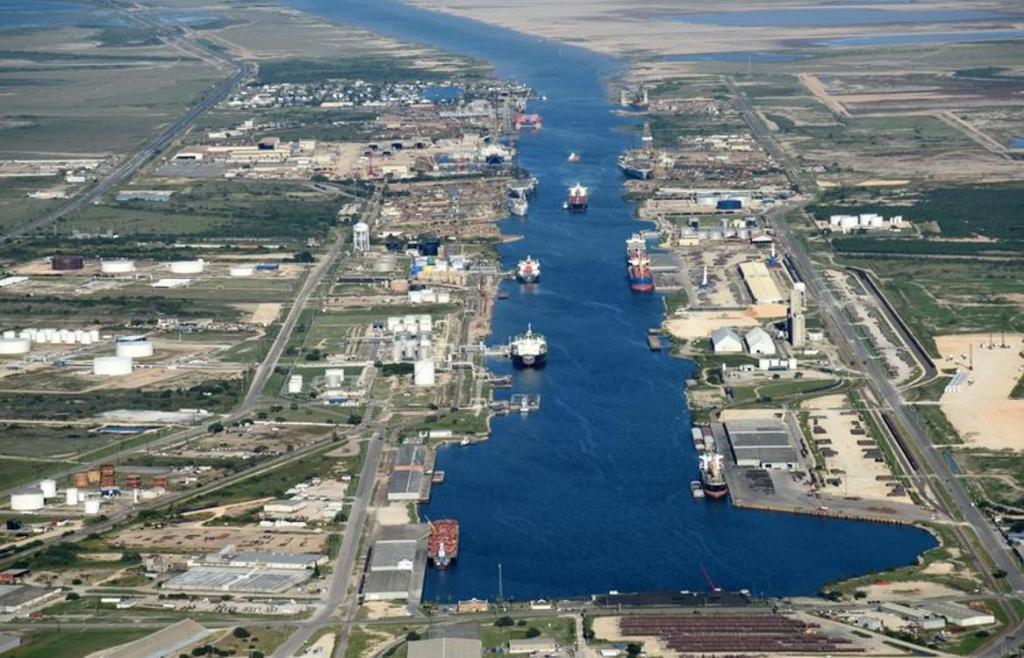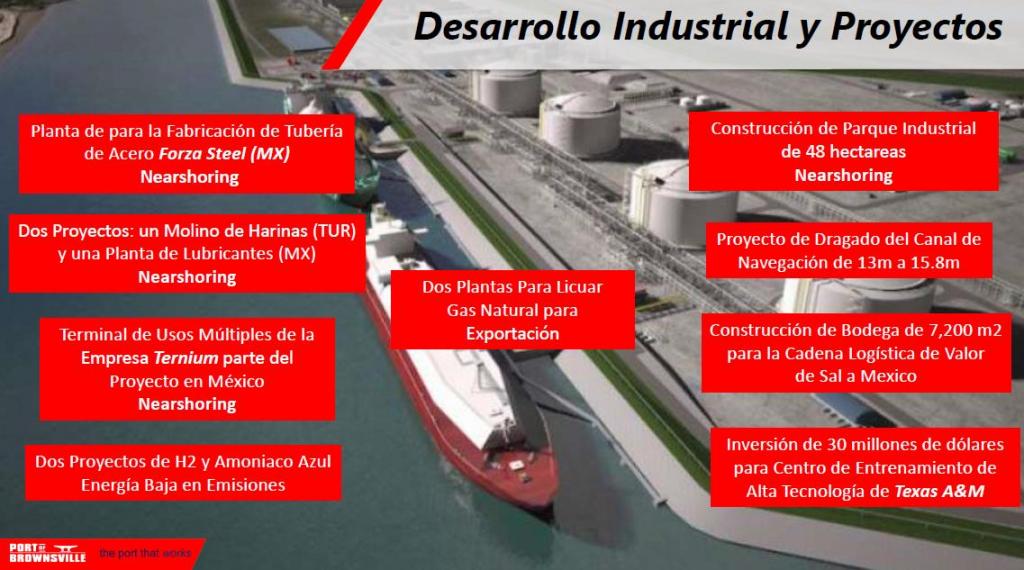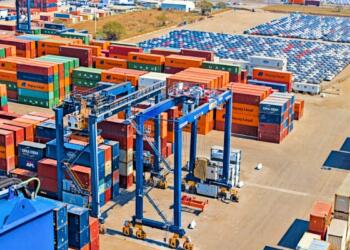
Recently, the Port of Brownsville entered the ranking of the 50 most important seaports in the United States. Its performance during 2023 represented an increase, as the total cargo tonnage at the port rose to 17.8 million tons, 17% more than the 15.2 million tons in 2022.
It is the most important port for international trade between the United States and Mexico, as more than 90% of the logistics handled is dedicated to exports and imports to and from Mexico. “Thanks to its infrastructure, systems, and cargo handling policies, there are no congestions or delays. This gives great competitiveness to the Mexican industry and adds value to the logistics chains,” explained Guillermo Rico Leal, sales manager of the Port of Brownsville, in an interview with T21.
Today, the Port of Brownsville is a key player in the relocation of production chains (nearshoring) as it facilitates the logistics and movement of supplies, such as steel. “But in addition to port logistics, we have significant industrial development with more than 6,000 hectares. We have a project from a company in Monterrey that is setting up a plant to manufacture steel pipes. We also have a lubricant plant project, a flour plant, and we provide services to Ternium’s slab plant, among other projects,” detailed Rico Leal.

The expansion projects also include the construction of an industrial park of more than 48 hectares to accommodate new plants and investment in infrastructure, such as deepening the channel to allow larger ships to enter.
The sales manager of the Port of Brownsville detailed that they are working to leverage the nearshoring phenomenon and bring industry closer to the Texas region and northeastern Mexico, as well as to generate job opportunities. “The projects we have will create more than 10,000 new jobs next year.”
Although the Port of Brownsville is located in U.S. territory, its proximity to Mexico and its dynamic trade exchange requires facilitating Mexican industry and international projects that want to set up in Mexico, as well as reviving some that have been paused, such as wind projects.
“There is a lot we can do for Mexico, but it is not in our hands. We play by the rules set by the Mexican government, but unfortunately, many projects cannot be realized today. We hope conditions improve and Mexican companies are incentivized,” stated the port spokesperson.

To date, the port moves approximately 18 million tons annually, and it is projected that in the next two years this will increase to 20 million tons. However, it is forecasted that in the next 10 years, between 70 and 80 million tons of goods will be moved, distributed among the markets of Mexico, Europe, and Asia.















